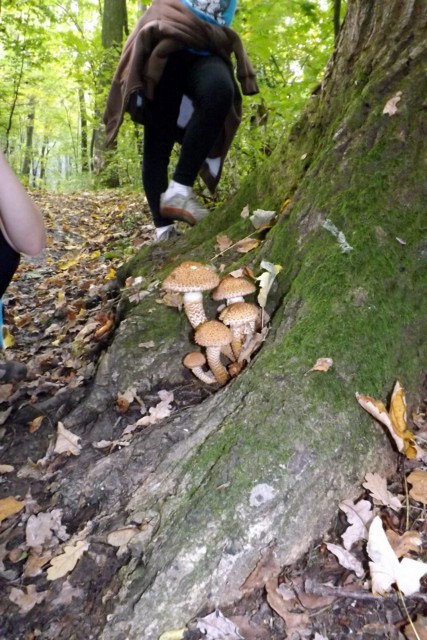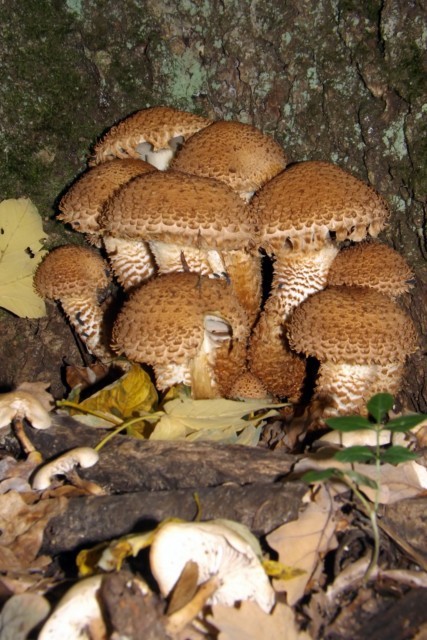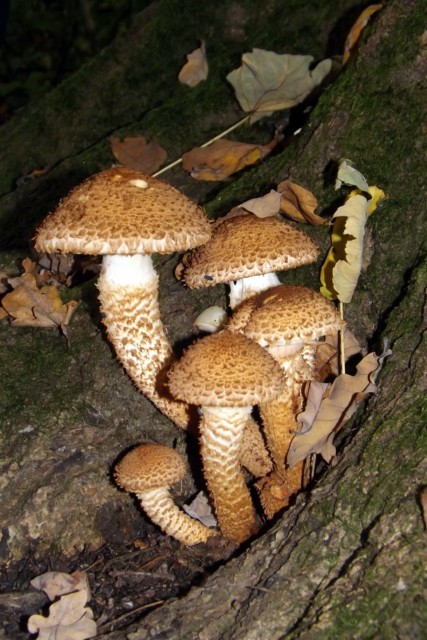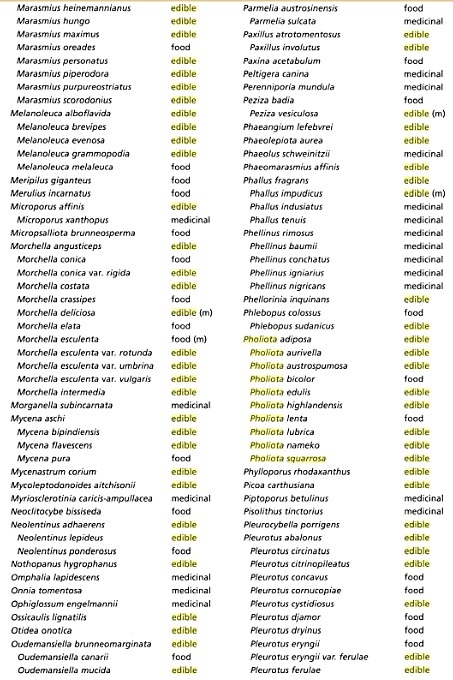No przynajmniej ja takich jeszcze nie widziałem!
Łuskowate i kapelusze i trzony, wyrastają z podnóża żywego drzewa. Nie bardzo miałem czas lepiej wszystko przebadać, bo prowadziłem szkolna wycieczkę.




Łuskowate i kapelusze i trzony, wyrastają z podnóża żywego drzewa. Nie bardzo miałem czas lepiej wszystko przebadać, bo prowadziłem szkolna wycieczkę.







